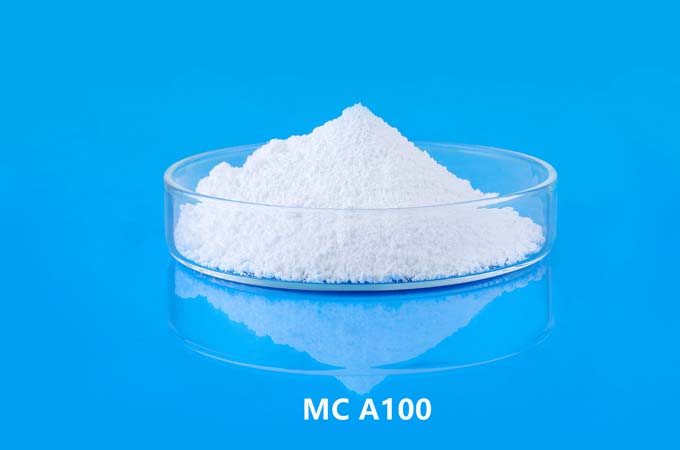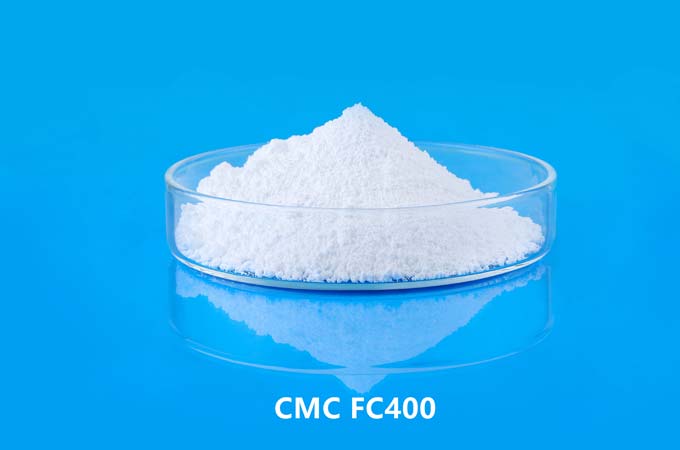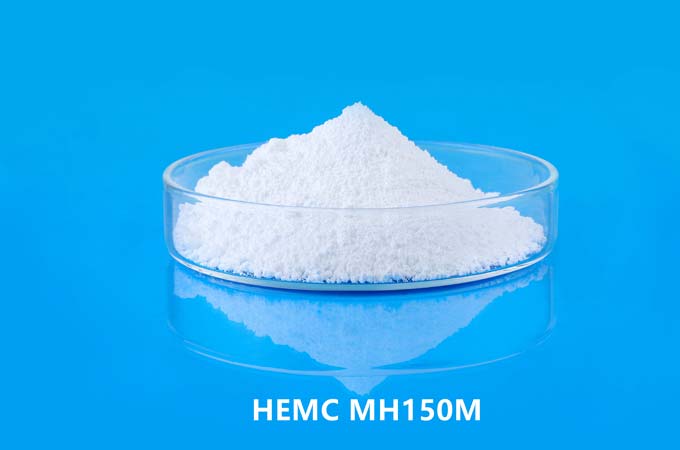Methylhydroxyethylcellulose (MHEC) is a multifunctional polymer derived from cellulose, a natural polymer found in plant cell walls. It is widely used in various industries due to its unique performance and wide range of applications.
1. Structure and performance:
MHEC is a water-soluble polymer composed of repeating units of cellulose, a polysaccharide composed of glucose units. The chemical structure of MHEC was changed by introducing methyl and hydroxyethyl groups into the cellulose backbone. This modification enhances its solubility in water and improves its performance in various applications.
The degree of substitution (DS) of methyl and hydroxyethyl groups determines the properties of MHEC. Higher degrees of substitution increase solubility, viscosity, and compatibility with other substances. The molecular weight of MHECs can also vary, affecting their rheology and performance in different applications.
MHEC has excellent thickening, film-forming, adhesive, stabilizing and water-retaining properties. It forms clear, transparent solutions in water and exhibits pseudoplastic behavior, meaning its viscosity decreases under shear stress, making it easier to apply and handle.
2. Synthesis:
The synthesis of MHEC involves the chemical modification of cellulose through an etherification reaction. Typically, cellulose is first treated with a base (such as sodium hydroxide) to activate the hydroxyl groups. Subsequently, methyl chloride and ethylene oxide were added sequentially under controlled conditions to introduce methyl and hydroxyethyl groups onto the cellulose backbone.
Reaction conditions, including temperature, pressure, and reaction time, are critical in determining the degree of substitution and the properties of the final product. The etherified product is neutralized, washed, and dried to obtain powder or granular MHEC.
3.MHEC is widely used in various industries due to its unique combination of properties:
Construction Industry: MHEC is widely used as a thickener, water retaining agent and rheology modifier in cement-based products such as tile adhesives, grouts, mortars and self-leveling compounds. It improves processability, adhesion and sag resistance while enhancing the mechanical properties and durability of the final product.
Paints and Coatings: MHEC powder is used as a thickener and stabilizer in water-based paints, coatings and adhesives. It helps control the rheology of the formula, prevents sagging or dripping during application, and improves coating uniformity and coverage.
Personal Care Products: MHEC is widely used as a thickener, stabilizer and film-forming agent in personal care products including shampoos, lotions, creams and gels. It enhances the texture, viscosity and appearance of these products while providing moisturizing and conditioning benefits to skin and hair.
Drugs: In pharmaceutical formulations, MHEC acts as a binder, disintegrant, and controlled release agent in tablet formulations. It improves the compressibility and flow characteristics of powder blends, promotes tablet disintegration, and modulates drug release kinetics of sustained or controlled-release formulations.
Food Industry: Although less common, MHEC is used in the food industry as a thickener, stabilizer and emulsifier in products such as sauces, dressings and desserts. It improves texture, mouthfeel and shelf stability while providing a clean label alternative to synthetic additives.
Other Applications: MHEC cellulose is also used in the textile industry for warp sizing, in inks and pigments for viscosity control, and as a lubricant in metalworking fluids.
4. Environmental considerations:
While MHEC offers many benefits in a variety of applications, its environmental impact should also be considered:
Biodegradability: MHEC is derived from cellulose, a renewable and biodegradable resource. Therefore, it has minimal environmental impact compared to synthetic polymers derived from fossil fuels. However, the rate of biodegradation may vary depending on factors such as molecular weight, degree of substitution, and environmental conditions.
Waste Management: Disposal of products containing MHEC should be managed responsibly to minimize environmental contamination. Biodegradation of MHEC in soil or water helps reduce its environmental footprint, but appropriate waste management practices such as recycling or composting should be encouraged.
Green synthesis: Research efforts are ongoing to develop greener MHEC synthesis routes using environmentally friendly solvents, catalysts, and renewable feedstocks. Green chemistry principles aim to minimize waste, energy consumption, and environmental impact throughout the product life cycle.
Regulatory Compliance: Regulatory agencies such as the Environmental Protection Agency (EPA) and the European Chemicals Agency (ECHA) regulate the use of MHEC and other cellulose ethers to ensure compliance with environmental and health safety standards. Manufacturers must comply with regulations regarding the production, labeling and disposal of products containing MHEC.
Methylhydroxyethylcellulose (MHEC) is a versatile polymer with a variety of applications in industries such as construction, paint, personal care and pharmaceuticals. Its unique properties, including water solubility, thickening ability and film-forming properties, make it indispensable in a variety of formulations and products.
MHECs offer significant advantages in terms of performance and functionality, but their environmental impact should be carefully considered. Efforts to develop greener synthesis routes, promote recycling and waste management, and adhere to regulatory standards are critical to mitigating the environmental footprint of MHEC-containing products.
MHEC is a valuable tool for formulators and manufacturers seeking to develop high-quality, sustainable products that meet the needs of modern consumers while minimizing environmental impact. Continued research and innovation in MHEC synthesis, applications and environmental management will further enhance its sustainability and contribute to a more sustainable future.
 English
English 日本語
日本語 français
français Deutsch
Deutsch Español
Español italiano
italiano русский
русский português
português العربية
العربية Türkçe
Türkçe Nederland
Nederland



